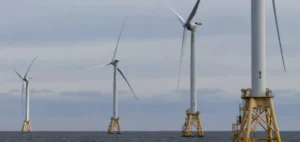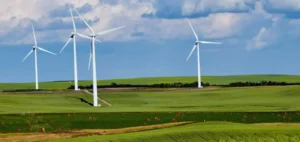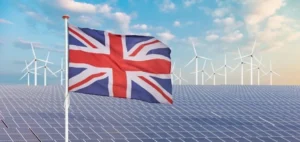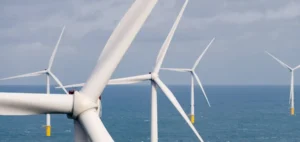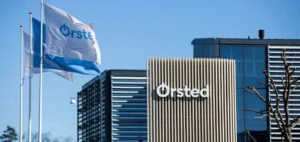Ørsted and CIP (Copenhagen Infrastructure Partners) enter into a partnership to develop four projects in Denmark.
Four new projects
Ørsted and CIP announce a partnership to develop 5.2GW of offshore wind in Danamark, spread over four projects. The 50/50 partnership aims to develop a number of offshore wind projects. In addition, these various projects are part of the country’s open-door program.
Two Ørsted projects will be located in the North Sea. They are called Vikinge Banke and Jyske Banke Nord. Finally, they both have a capacity of 1.1GW.
Two other Ørsted projects will be located in the Baltic Sea. The two offshore wind farms are called Bornholm Basin Syd and Bornholm Basin Øst. In addition, they will also each have a capacity of 1.5GW.
An attractive country
Together, the projects correspond to more than double the current installed offshore wind capacity in Denmark. In addition, the Ørsted offshore wind farms will go into operation without the support of Danish taxpayers. However, they will contribute significantly to growth and job creation in Denmark.
The partnership between Ørsted and CIP covers the development, construction and operation of offshore wind farms. In addition, the partnership in Denmark envisions that the projects in the open-door program will create a Danish bastion of Power-to-X. Thus, they could provide large-scale renewable electricity starting in 2027 or 2028.
Rasmus Errboe, head of the Continental Europe region at Ørsted, says:
“Denmark has been a pioneer in offshore wind and is a forerunner in green transformation. The four large open-door projects can help consolidate Denmark’s leadership position and create the foundation to launch the next phase of a Danish business venture around renewable hydrogen and green fuel production. I am very excited about the partnership with CIP where we combine our unique skills and knowledge to develop a substantial portion of Denmark’s offshore wind resources.”
Denmark has some of the best offshore wind resources in the world. Therefore, the country is able to provide large volumes of renewable electricity for the decarbonization of the European territory.



